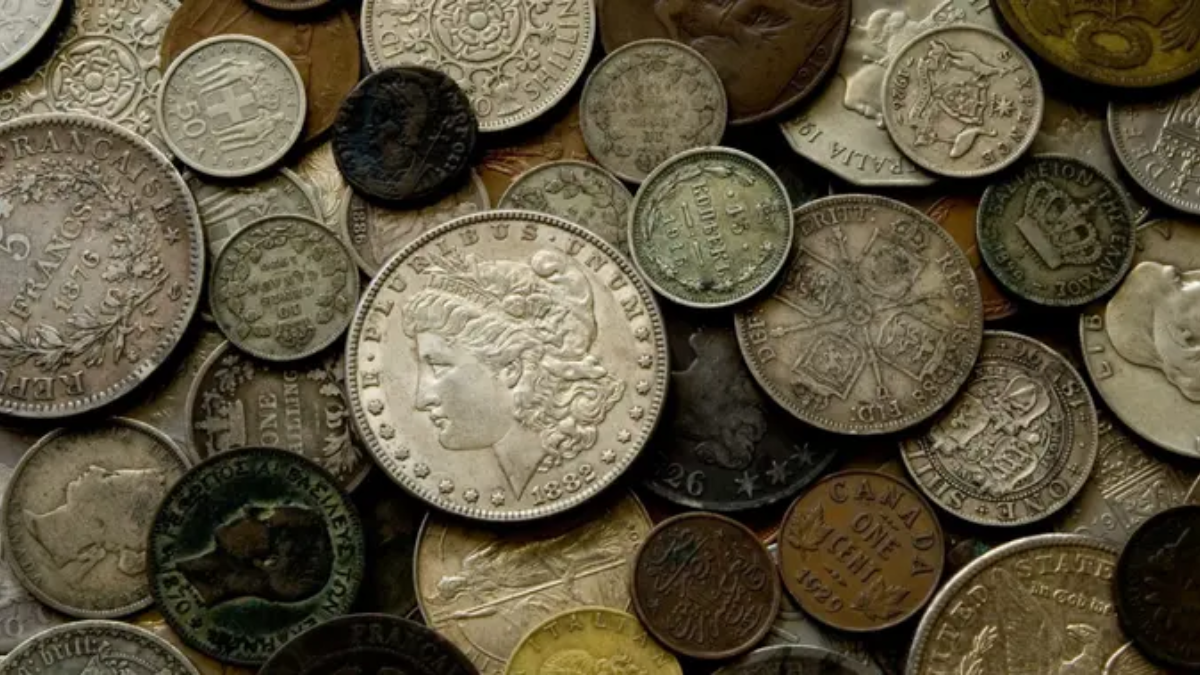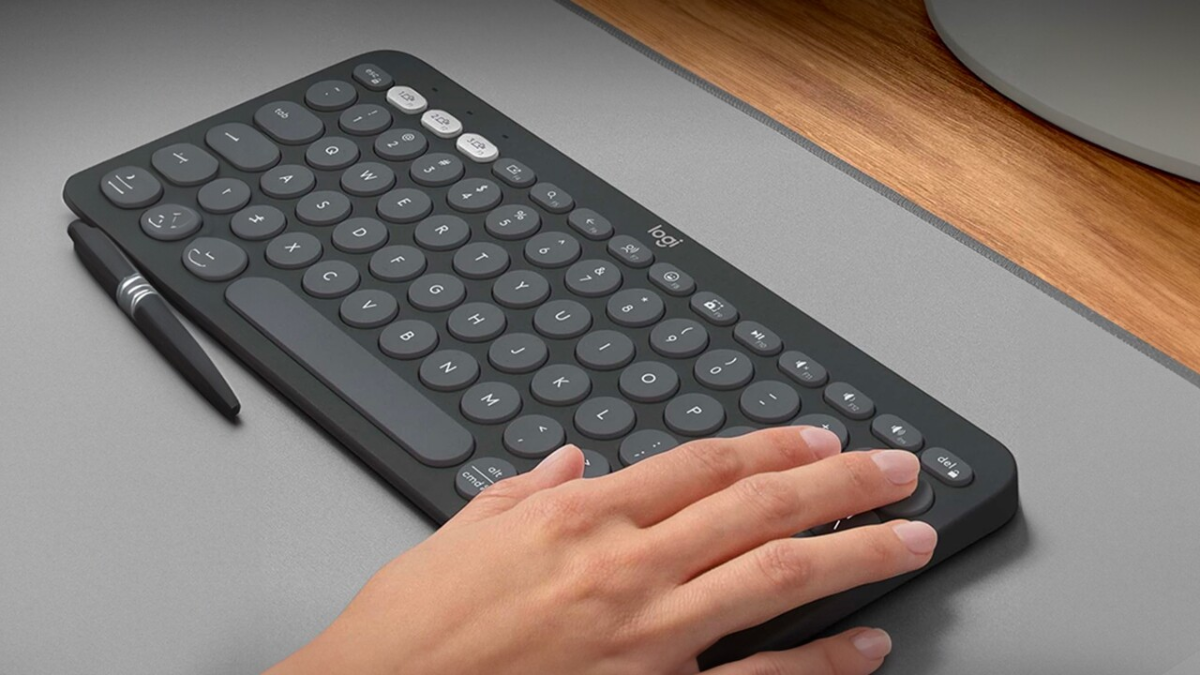Most of us don’t give a second thought to the loose change in our pockets, wallets, or coin jars. But what if some of that everyday currency was actually worth a small fortune? Rare and error coins often go unnoticed in circulation, but collectors are willing to pay thousands—and sometimes millions—for the right ones. Before you spend that old penny or quarter, take a closer look. You might be holding onto a coin worth far more than its face value.
1969-S Doubled Die Penny
The 1969-S Doubled Die Penny is one of the most valuable error coins ever discovered. This rare penny features a strong doubling of the date and lettering on the obverse. While at first glance it looks like a normal penny, careful inspection reveals the doubling, which can fetch prices of up to $35,000 or more depending on condition. If you come across a 1969 penny with an “S” mint mark, take a good look—it could be a jackpot find.
2004-D Wisconsin Extra Leaf Quarter
The 2004-D Wisconsin State Quarter has a little-known error that has made it a collector’s favorite. Some of these quarters were minted with an extra leaf—either high or low—on the corn stalk featured in the design. This small minting mistake has turned an ordinary 25-cent piece into a coin worth between $100 and $1,500, depending on its condition and the leaf variety.
1982 No Mint Mark Roosevelt Dime
Most dimes carry a mint mark indicating where they were made, but a few 1982 Roosevelt Dimes were struck in Philadelphia with no mint mark—an unusual error for that time. These no-mint-mark dimes are considered very rare and can be worth between $75 and $300. Check your 1982 dimes carefully to see if yours might be missing this key detail.
Don’t Underestimate Your Loose Change
While most pocket change is just that—change—some coins are hiding in plain sight with values that far exceed what they appear to be. The 1969-S Doubled Die Penny, 2004-D Wisconsin Extra Leaf Quarter, and 1982 No Mint Mark Dime are just a few examples of coins that have turned up in circulation and made their finders thousands of dollars richer. The next time you check your change, do it carefully—you might uncover a hidden fortune.
FAQ’s:
1. What makes a coin valuable in pocket change?
Coin values increase with rarity, mint errors, historical significance, and condition. Coins with unique mistakes or limited mintage are especially sought after by collectors.
2. How do I know if my coin has a mint error?
Mint errors can include doubling, missing mint marks, misaligned prints, or extra design elements. Comparing your coin to a standard version can help spot unusual features.
3. Are error coins still being found in circulation today?
Yes! While rare, error coins occasionally appear in circulation. Many collectors have discovered valuable coins in everyday pocket change or bank rolls.
4. Where can I get a coin appraised or authenticated?
Trusted services like PCGS (Professional Coin Grading Service) or NGC (Numismatic Guaranty Company) can evaluate, grade, and authenticate rare coins.
5. Should I clean an old or rare coin before selling it?
No—cleaning a coin can reduce its value significantly. Collectors prefer coins in original, unaltered condition. Always consult a professional before taking action.
















